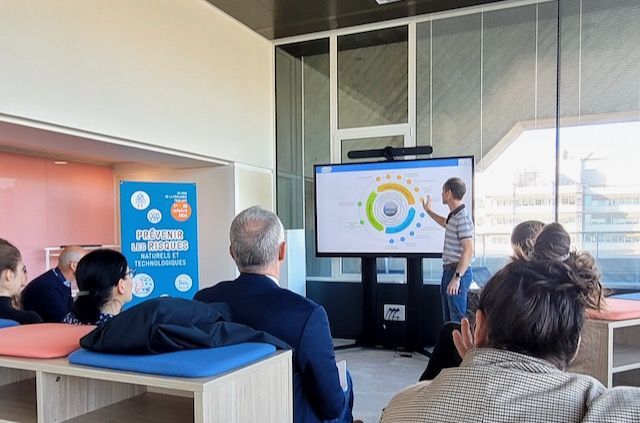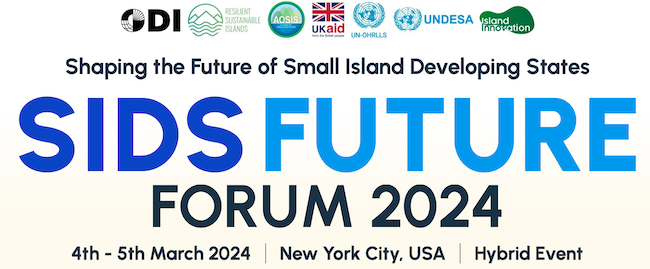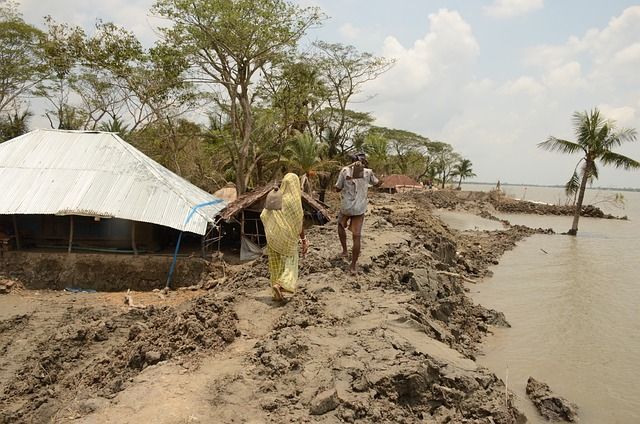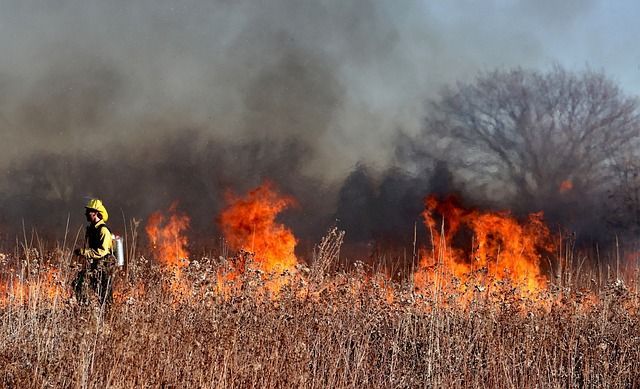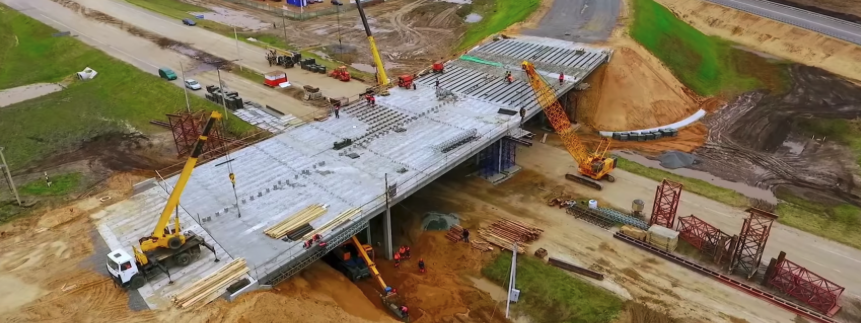Speaking at the StrategicRISK APAC Forum 2019
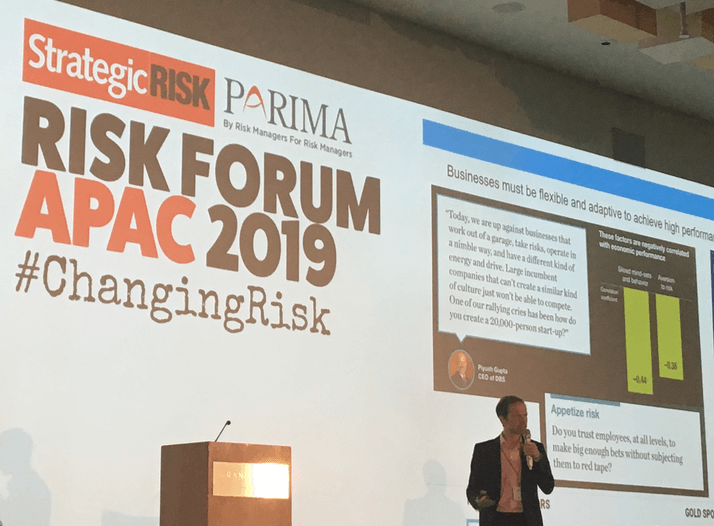
I was delighted to be one of the Speakers at the StrategicRISK APAC Forum 2019, in Singapore on 30th May.
I talked about risk appetite, and how to use it as an effective risk management tool. When it is used well, risk appetite can be a good way to ensure you have a good culture of decision-making, with clarity on what risks need to be taken and managed.
Risk appetite can be defined as "the amount of risk that we are willing to seek or accept in pursuit of our objectives, and we can use this facet of risk management to see how aligned people’s decision-making is to achieve what should be aligned objectives."
Risk Managers and Risk teams should make sure that they talk to lots of different people, from the C-suite through to operations, functional managers and frontline managers about their appetite for risk. If you’re talking to them and having simple discussions about risk you will pick up on important things. That’s the good thing about risk appetite - you can keep it simple when you talk with people. Engage with them about what objectives they are working towards, and ask this question: So, what’s your risk appetite for the risks you face to achieving your objectives?”
A risk team should be talking to people across their organisation because normally we’re one of the few functions that can actually do that. We should be making sure that what board and execs think (which may take the form of a formal Risk Appetite Statement, or it may not) is aligned all the way through to front line, whilst appreciating the different priorities that different teams have.
The span of discussions ranges from what the board team is thinking about through to the kinds of risks that people across the organisation are taking and managing in all areas. You want to help people to achieve their objectives.
Transparency and visibility is important. This relates to organisational culture and decision-making, and alignment on what a strategy is and how to deliver it, because if you have a good culture then people will have these discussions (which can sometimes be tough and challenging), to help ensure critical decision-making in a de-biased manner.
